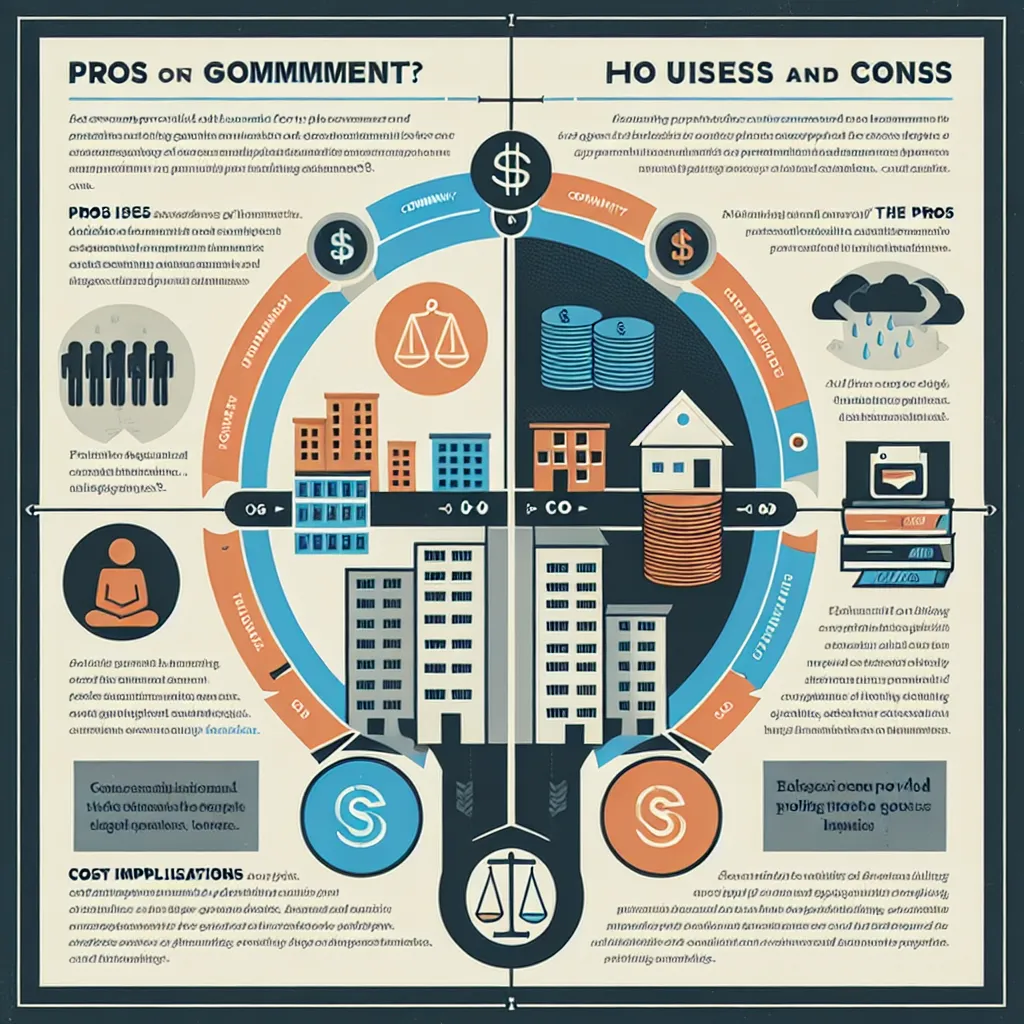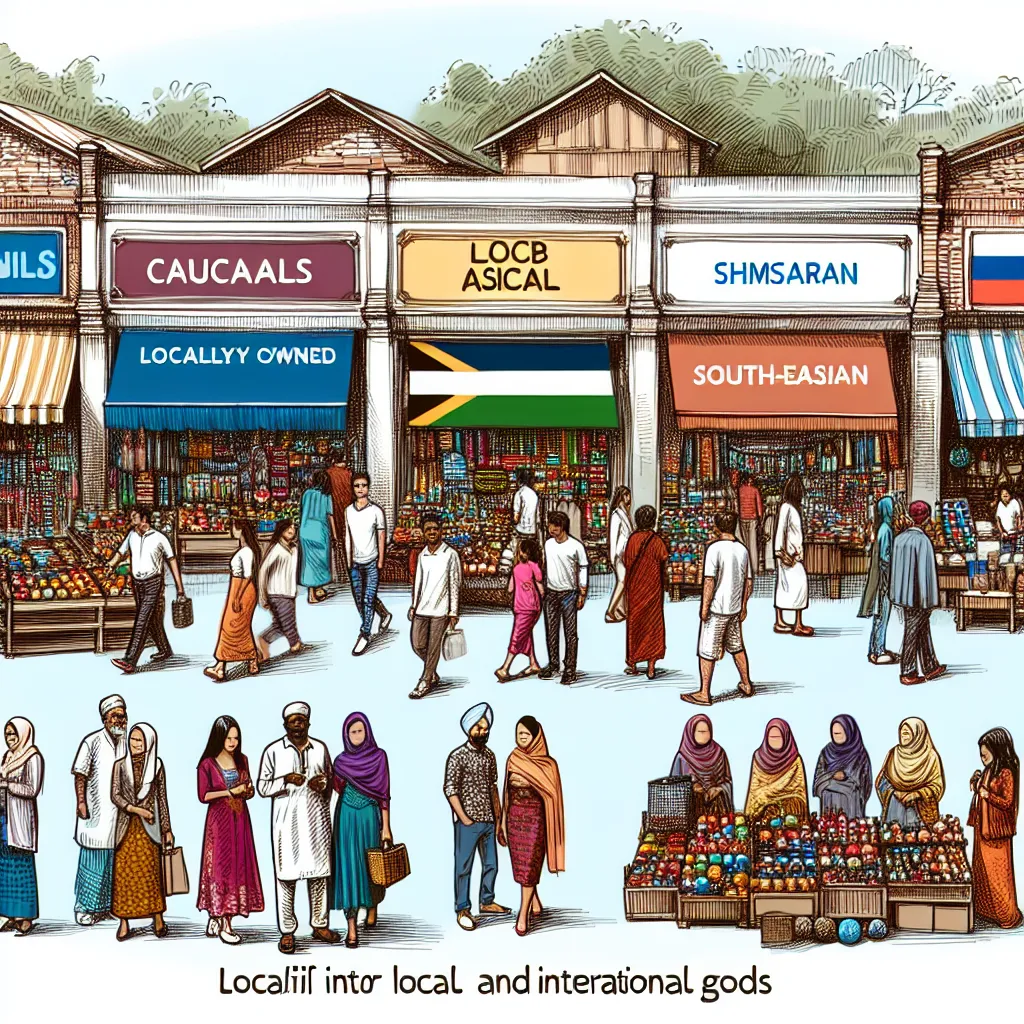The role of public transport in reducing traffic-related pollution is a crucial topic that frequently appears in IELTS Writing Task 2 essays. This theme intersects with several important issues such as urban planning, environmental conservation, and public health. Based on the analysis of past IELTS exams and current trends, we can expect this topic to remain relevant in future tests. Let’s explore a specific question related to this theme and examine sample essays for different band scores.
Analyzing the Question
Some people believe that the best way to reduce traffic congestion and pollution in cities is to make public transport free. To what extent do you agree or disagree with this statement?
This question asks for your opinion on a proposed solution to two urban problems: traffic congestion and pollution. The suggested solution is making public transport free. Let’s break down the key elements:
- Topic: Reducing traffic congestion and pollution in cities
- Proposed solution: Making public transport free
- Task: Agree or disagree with the effectiveness of this solution
To answer this question effectively, you need to:
- Clearly state your position (agree, disagree, or partially agree)
- Provide reasons and examples to support your stance
- Consider potential counterarguments
- Conclude by summarizing your main points
Now, let’s look at sample essays for different band scores.
Sample Essay – Band 8
Free Public Transport: A Partial Solution to Urban Traffic and Pollution
While making public transport free could contribute to reducing traffic congestion and pollution in cities, I believe it is only a partial solution that needs to be complemented by other measures to be truly effective.
Free public transportation can indeed encourage more people to leave their cars at home, thereby reducing both traffic and emissions. When cost is no longer a barrier, commuters are more likely to opt for buses or trains, especially for daily work trips. For instance, when Tallinn, Estonia, introduced free public transport in 2013, it saw a 14% increase in ridership within a year. This shift can lead to fewer cars on the road, easing congestion and lowering vehicular emissions.
However, the effectiveness of this approach has limitations. Firstly, the quality and efficiency of public transport systems play a crucial role in attracting users. If services are infrequent, unreliable, or uncomfortable, many people will still prefer their private vehicles, even if public transport is free. Additionally, the cost of implementing free public transport is substantial and may lead to reduced investment in improving and expanding services, potentially counteracting the benefits.
Moreover, free public transport alone does not address other factors contributing to traffic and pollution. Urban sprawl, for example, often makes public transport less viable for many residents. Similarly, it doesn’t tackle issues like freight transport or the cultural attachment to car ownership in many societies.
Therefore, I argue that a more comprehensive approach is necessary. This could include:
- Improving the quality and coverage of public transport
- Implementing congestion charging in city centers
- Investing in cycling infrastructure
- Encouraging remote work and flexible hours
- Promoting electric and hybrid vehicles
In conclusion, while making public transport free can play a role in reducing urban traffic and pollution, it should be part of a broader strategy addressing various aspects of urban mobility and environmental protection. Only through a multi-faceted approach can cities effectively tackle the complex challenges of congestion and pollution.
Analysis of Band 8 Essay
This essay demonstrates the qualities expected of a Band 8 response:
-
Task Response: The essay fully addresses all parts of the task, presenting a clear position with a nuanced view. It acknowledges the benefits of free public transport while arguing for a more comprehensive approach.
-
Coherence and Cohesion: The essay is well-organized with clear progression throughout. Each paragraph has a central theme, and ideas are logically linked using cohesive devices (e.g., “However”, “Moreover”, “Therefore”).
-
Lexical Resource: The essay uses a wide range of vocabulary accurately and appropriately. Examples include “urban sprawl”, “congestion charging”, and “multi-faceted approach”.
-
Grammatical Range and Accuracy: The essay demonstrates a wide range of grammatical structures used accurately and flexibly. Complex sentences are used effectively, and there are no noticeable errors.
-
Development and Support: Each main point is well-developed with explanations and examples, such as the case study of Tallinn, Estonia.
-
Conclusion: The conclusion effectively summarizes the main arguments and restates the overall position.
Sample Essay – Band 7
Free Public Transport: A Step Towards Cleaner, Less Congested Cities
I largely agree that making public transport free could significantly help in reducing traffic congestion and pollution in urban areas, although I believe this measure alone may not be sufficient to fully address these issues.
Free public transport would encourage more people to use buses and trains instead of private cars. When commuters don’t have to worry about ticket costs, they are more likely to choose public transportation for their daily journeys. This shift could lead to fewer cars on the roads, thereby reducing traffic jams and lowering the amount of exhaust fumes released into the air. For example, when Luxembourg made all public transport free in 2020, it saw a noticeable decrease in car usage, especially during peak hours.
Moreover, free public transport can make cities more accessible and equitable. People with lower incomes, who might have previously struggled with transport costs, would have better access to job opportunities and services across the city. This could indirectly contribute to reducing traffic as more people could afford to live further from city centers, spreading out the population and potentially easing congestion in central areas.
 Crowded Bus Commuters
Crowded Bus Commuters
However, making public transport free is not without challenges. The cost of providing free services would be substantial and might lead to reduced investment in improving and expanding the transport network. If the quality of service declines as a result, it could discourage usage and limit the positive impacts on traffic and pollution.
Additionally, for this measure to be truly effective, it needs to be part of a broader strategy. This could include improving the frequency and reliability of public transport services, creating more bicycle lanes, and implementing policies to discourage car use in city centers, such as congestion charges or limited parking.
In conclusion, while I believe that free public transport could play a significant role in reducing urban traffic and pollution, it should be implemented alongside other complementary measures to achieve the best results. A comprehensive approach that combines free public transport with other traffic management and environmental policies is likely to be most effective in creating cleaner, less congested cities.
Analysis of Band 7 Essay
This essay demonstrates the qualities expected of a Band 7 response:
-
Task Response: The essay addresses all parts of the task and presents a clear position. It agrees with the statement but also acknowledges limitations.
-
Coherence and Cohesion: The essay is well-organized with clear progression. Each paragraph focuses on a central idea, and there is good use of linking words (e.g., “Moreover”, “However”, “Additionally”).
-
Lexical Resource: The essay uses a good range of vocabulary, including some less common items (e.g., “equitable”, “congestion charges”). There is some attempt at using less common vocabulary, though not always with full precision.
-
Grammatical Range and Accuracy: The essay uses a mix of simple and complex sentence structures. There are no significant errors, but the range is not as wide as in the Band 8 essay.
-
Development and Support: Main points are well-developed with explanations and examples, such as the case of Luxembourg.
-
Conclusion: The conclusion effectively summarizes the main points and restates the overall position.
Sample Essay – Band 6
Free Public Transport to Reduce Traffic and Pollution
I agree that making public transport free is a good way to reduce traffic congestion and pollution in cities. This solution can help solve these problems in several ways.
Firstly, when public transport is free, more people will use it. Many people drive cars because buses and trains are expensive. If they don’t have to pay, they will choose public transport instead. This means fewer cars on the roads, which will reduce traffic jams and pollution from car exhausts.
Secondly, free public transport can help poor people. Some people can’t afford to use buses or trains regularly. If it’s free, they can travel more easily to work or school. This can help reduce poverty and give people more job opportunities.
However, there are some problems with this idea. It will cost the government a lot of money to make all public transport free. This money has to come from somewhere, maybe higher taxes. Also, if too many people use public transport, it might become crowded and uncomfortable.
Another issue is that some people might still prefer to use their cars even if public transport is free. They might think buses are slow or inconvenient. So free public transport alone might not be enough to solve all traffic and pollution problems.
In conclusion, I believe making public transport free is a good idea that can help reduce traffic and pollution in cities. But it’s important to also improve the quality of public transport and use other methods to encourage people to use it. This way, we can create cleaner and less congested cities for everyone.
Analysis of Band 6 Essay
This essay demonstrates the qualities expected of a Band 6 response:
-
Task Response: The essay addresses the main parts of the task and presents a clear position. However, the ideas are not as fully developed as in higher band essays.
-
Coherence and Cohesion: The essay has a clear structure with introduction, body paragraphs, and conclusion. There is some use of linking words, but not always effectively.
-
Lexical Resource: The essay uses an adequate range of vocabulary related to the topic. However, there is limited use of less common vocabulary, and some repetition occurs.
-
Grammatical Range and Accuracy: The essay uses a mix of simple and some complex sentences. There are no major errors that impede communication, but the range is more limited compared to higher band essays.
-
Development and Support: Main points are supported with explanations, but examples are limited and not as specific as in higher band essays.
-
Conclusion: The conclusion summarizes the main points but could be more comprehensive.
Key Vocabulary to Remember
- Traffic congestion (noun) – /ˈtræfɪk kənˈdʒestʃən/ – the state of having too many vehicles on the roads, causing slow movement
- Public transport (noun) – /ˈpʌblɪk ˈtrænspɔːrt/ – buses, trains, etc. that are available for the public to use
- Urban sprawl (noun) – /ˈɜːrbən sprɔːl/ – the expansion of urban areas into rural land
- Emissions (noun) – /ɪˈmɪʃənz/ – the production and discharge of something, especially gas or radiation
- Congestion charging (noun) – /kənˈdʒestʃən ˈtʃɑːrdʒɪŋ/ – a fee charged to drive into certain areas, usually city centers, during busy periods
- Ridership (noun) – /ˈraɪdərʃɪp/ – the number of passengers using a particular form of public transport
- Infrastructure (noun) – /ˈɪnfrəstrʌktʃər/ – the basic physical and organizational structures and facilities needed for the operation of a society or enterprise
- Sustainable (adjective) – /səˈsteɪnəbl/ – able to be maintained at a certain rate or level
- Equitable (adjective) – /ˈekwɪtəbl/ – fair and impartial
- Multi-faceted (adjective) – /ˌmʌltiˈfæsɪtɪd/ – having many different aspects or features
Conclusion
The role of public transport in reducing traffic-related pollution is a complex and important topic in urban planning and environmental policy. As we’ve seen through these sample essays, there are various ways to approach this question, each demonstrating different levels of analysis and language proficiency.
For future IELTS Writing Task 2 essays, you might encounter variations on this theme, such as:
- Comparing the effectiveness of public transport improvements versus car usage restrictions
- Discussing the role of technology in improving urban transportation and reducing pollution
- Analyzing the economic impacts of investing in public transport infrastructure
To improve your writing skills, try crafting your own essay on the topic we’ve discussed today. Consider the different perspectives and try to incorporate some of the vocabulary we’ve highlighted. Feel free to share your essay in the comments section for feedback and discussion. Remember, practice is key to improving your IELTS Writing score!
For more insights on related topics, you might find these articles helpful:
- How to Improve Air Quality in Urban Areas
- Impact of Urban Development on Public Health
- Effects of Noise Pollution
Keep practicing, and good luck with your IELTS preparation!

